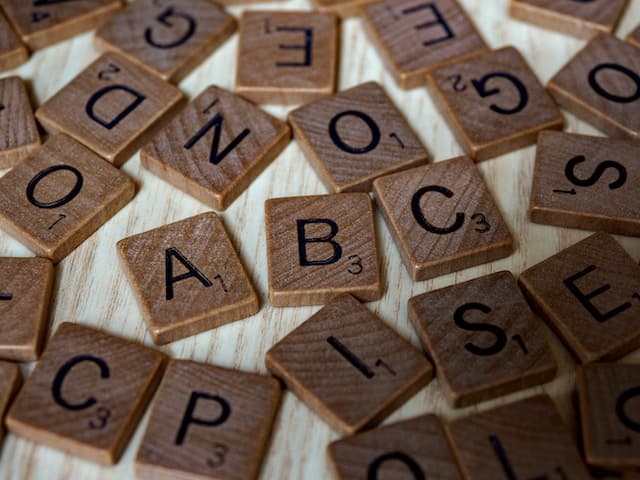Language learners and linguists alike rely on a powerful tool for understanding and studying the sounds of speech: the International Phonetic Alphabet (IPA). This standardized system of symbols allows for precise representation of phonetic sounds in any language. In this article, we will explore the IPA, its benefits, and how to use it to improve your language learning experience.

The International Phonetic Alphabet chart. Image source: https://en.wikipedia.org/
What is the International Phonetic Alphabet (IPA)?
The International Phonetic Alphabet (IPA) is an alphabetic system of phonetic notation designed to represent the sounds of spoken languages consistently and accurately. Developed by the International Phonetic Association, the IPA encompasses over 100 symbols that correspond to unique speech sounds, including consonants, vowels, and diacritics (marks that modify the pronunciation of a base letter). Each symbol represents a specific sound, or phoneme, regardless of the language being transcribed.
Why is IPA Important?
IPA offers numerous benefits, including:
-
Consistency: The IPA provides a standardized notation system for the sounds of all spoken languages. This consistency makes it easier for linguists, teachers, and learners to study and compare different languages.
-
Clarity: As the IPA symbols represent specific phonemes, it eliminates ambiguity in pronunciation. This clarity is particularly helpful for language learners, who can use IPA transcriptions in dictionaries and learning materials to understand the correct pronunciation of words.
-
Versatility: IPA can be used to transcribe any language, making it a versatile tool for studying and documenting lesser-known or endangered languages.
How to Learn IPA for Language Learning
-
Familiarize yourself with IPA symbols: Start by learning the IPA symbols for the sounds of the language you're studying. You can find charts and resources online that cover the IPA symbols for specific languages or a complete IPA chart for all languages. For example, the English vowel sounds /i/ as in "see" and /ɪ/ as in "sit" are represented by distinct IPA symbols.
-
Practice reading IPA transcriptions: Use dictionaries or language resources with IPA transcriptions to practice reading the symbols and understanding the pronunciation of words. This will help you become more comfortable with the IPA and improve your pronunciation skills. For instance, the English word "phonetic" would be transcribed as /fəˈnɛtɪk/ in IPA.
-
Transcribe words in your target language: As you learn new vocabulary, try transcribing the words using the IPA. This will reinforce your understanding of the symbols and their corresponding sounds.
-
Study minimal pairs: Minimal pairs are words that differ in only one sound, such as "bit" (/bɪt/) and "bet" (/bɛt/) in English. Practicing with minimal pairs can help you distinguish between similar sounds and improve your pronunciation.
-
Join online communities: Connect with other language learners and linguists in online forums or social media groups dedicated to the IPA. These communities can offer valuable resources, tips, and support as you learn the IPA.
Conclusion
The International Phonetic Alphabet (IPA) is a powerful tool for understanding and learning the sounds of spoken languages. By incorporating IPA into your language learning routine, you can improve your pronunciation, gain a deeper understanding of phonetics, and enhance your overall language skills. Whether you're learning English or exploring other languages, the IPA can serve as a valuable resource in your linguistic journey.

Accentpal offers a unique approach to learning English pronunciation through comprehensive courses that cover every phoneme in the English language. Each lesson on Accentpal provides examples of words and sentences with their audio pronunciation, as well as detailed instructions on how to pronounce the sounds.
